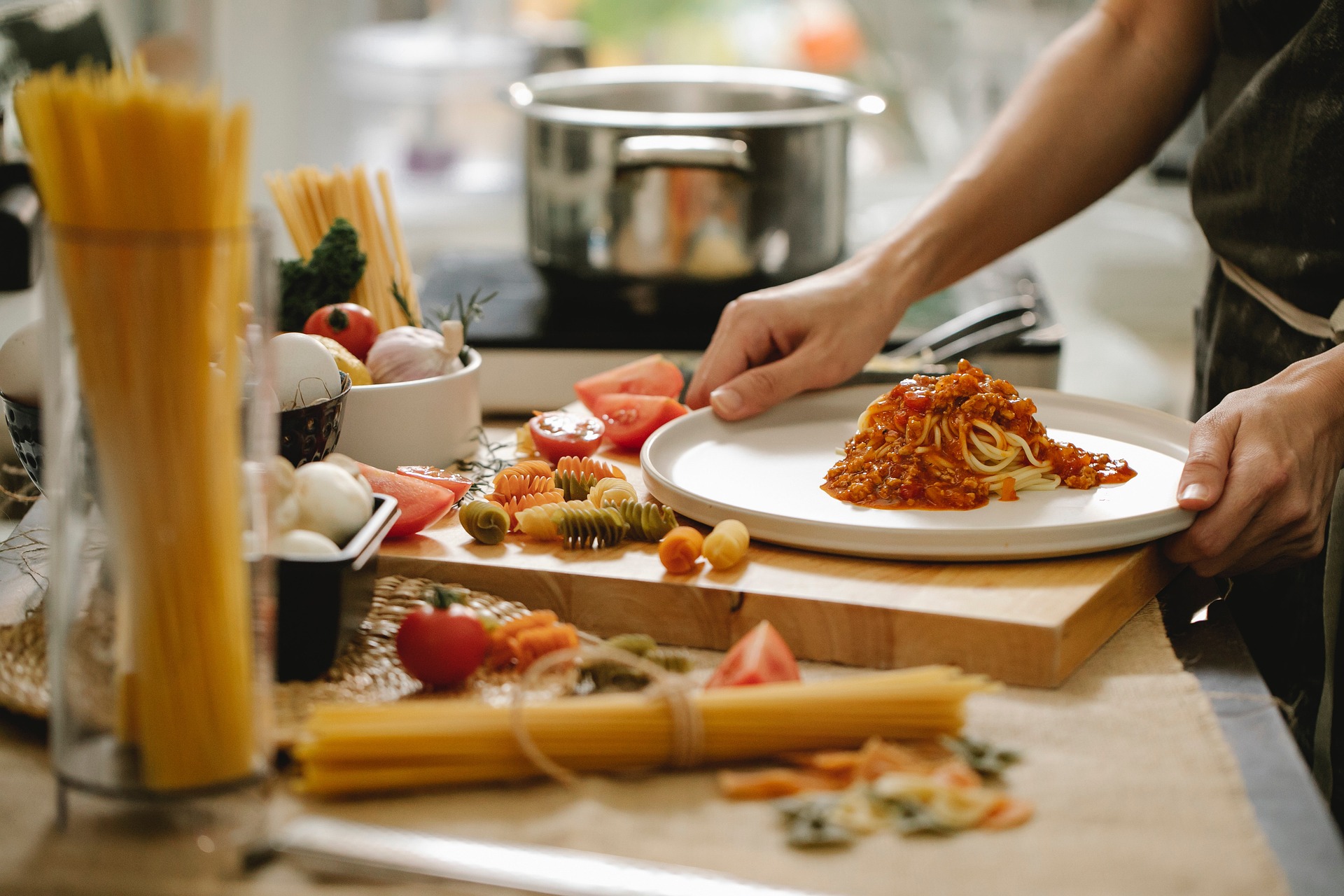Umami Bombs: Elevating Everyday Dishes with Flavor-Packed Ingredients
Discover the secret to transforming ordinary meals into extraordinary culinary experiences. Umami, the elusive fifth taste, holds the key to unlocking a world of rich, savory flavors. In this article, we'll explore how to harness the power of umami-rich ingredients to create unforgettable dishes that will tantalize your taste buds and impress your dinner guests.

Unlike the other four basic tastes (sweet, sour, salty, and bitter), umami has a unique ability to enhance and balance flavors in a dish. It creates a sense of depth and complexity that can elevate even the simplest of recipes. By understanding the science behind umami, home cooks and professional chefs alike can harness its potential to create more satisfying and flavorful meals.
Umami-Rich Ingredients to Stock in Your Pantry
To start your umami journey, it’s essential to stock your pantry with ingredients that pack a savory punch. These flavor boosters can be easily incorporated into a wide variety of dishes, instantly adding depth and complexity. Some key umami-rich ingredients to keep on hand include:
-
Dried mushrooms (especially shiitake)
-
Miso paste
-
Soy sauce
-
Anchovy paste
-
Parmesan cheese
-
Sun-dried tomatoes
-
Worcestershire sauce
-
Fish sauce
-
Nutritional yeast
-
Kombu (dried kelp)
By having these ingredients readily available, you’ll be able to experiment with umami flavors in your everyday cooking, transforming simple dishes into memorable culinary experiences.
Umami-Boosting Techniques for Home Cooks
Incorporating umami into your cooking doesn’t have to be complicated. There are several simple techniques that can help you maximize the savory flavors in your dishes:
-
Browning: The Maillard reaction that occurs when browning meat or vegetables creates new flavor compounds, many of which contribute to umami taste.
-
Slow-cooking: Extended cooking times allow flavors to develop and intensify, bringing out the natural umami in ingredients.
-
Fermentation: Many fermented foods, such as kimchi and sauerkraut, are rich in umami compounds.
-
Aging: Certain foods, like cheese and cured meats, develop stronger umami flavors as they age.
-
Drying: Concentrating flavors through dehydration can intensify umami taste, as seen in sun-dried tomatoes and dried seaweed.
By incorporating these techniques into your cooking routine, you can easily boost the umami factor in your meals, creating more satisfying and flavorful dishes.
Umami-Packed Recipes to Try at Home
Now that you understand the basics of umami, it’s time to put your knowledge into practice. Here are five umami-packed recipes to try at home:
-
Mushroom and Miso Risotto: Combine the earthy flavors of mushrooms with the fermented complexity of miso for a rich, savory risotto.
-
Parmesan-Crusted Chicken: Create a crispy, umami-rich crust on chicken breasts using grated Parmesan cheese and dried herbs.
-
Soy-Glazed Roasted Vegetables: Toss your favorite vegetables in a mixture of soy sauce, honey, and garlic before roasting for a savory-sweet side dish.
-
Anchovy and Sun-Dried Tomato Pasta: Combine these two umami powerhouses for a quick and flavorful pasta sauce.
-
Kombu-Infused Vegetable Broth: Simmer vegetables with a piece of kombu to create a deeply flavored, umami-rich broth for soups and stews.
These recipes demonstrate how easy it can be to incorporate umami-rich ingredients into everyday meals, elevating them from ordinary to extraordinary.
Umami Beyond Savory Dishes
While umami is often associated with savory foods, its applications extend far beyond main courses and side dishes. Innovative chefs and food scientists have begun exploring the potential of umami in sweet and dessert applications, creating unique flavor combinations that challenge traditional culinary boundaries.
For example, adding a small amount of miso paste to chocolate chip cookies can enhance their rich, caramel-like flavors. Similarly, incorporating soy sauce into caramel or butterscotch sauces can add depth and complexity to desserts. Even cocktails can benefit from a touch of umami, with ingredients like mushroom-infused spirits or tomato water adding savory notes to traditional recipes.
By thinking outside the box and experimenting with umami in unexpected ways, home cooks can unlock a whole new world of flavor possibilities, pushing the boundaries of their culinary creativity.
Umami Tips and Facts
-
Umami synergy occurs when combining multiple umami-rich ingredients, creating a flavor impact greater than the sum of its parts.
-
MSG (monosodium glutamate) is a concentrated form of umami flavor, but many natural ingredients can provide similar taste-enhancing effects.
-
Breast milk is naturally high in glutamates, which may explain why humans are predisposed to enjoy umami flavors.
-
The umami taste is detected by specific receptors on our tongues, separate from those that detect sweet, sour, salty, and bitter tastes.
-
Umami-rich foods can help reduce the need for added salt in recipes, making them a valuable tool for those looking to reduce sodium intake.
In conclusion, umami is a powerful tool in any cook’s arsenal, capable of transforming ordinary dishes into extraordinary culinary experiences. By understanding the science behind umami, stocking your pantry with savory ingredients, and experimenting with umami-boosting techniques, you can elevate your cooking to new heights. Whether you’re crafting a comforting weeknight dinner or pushing the boundaries of culinary innovation, the fifth taste offers endless possibilities for creating memorable, flavor-packed meals. So go forth and explore the world of umami – your taste buds will thank you.





